“We need to learn to re-see what is going on around us, because when the world changes sometimes we become blind” Seth Godin
I was listening to a conference by Seth Godin from a few years ago where he was talking extensively about change. Seth Godin is an authority in marketing, on how ideas spread and on leadership, prolific author and very engaging speaker.
Re-framing is a skill, a very powerful tool for problem solving. But if we take a step back, we immediately realize that to frame, first you need to be clear about what you see.
However when things change around us, we need to make a conscious effort to consider the possibility that what we think we see is not what it really is. We need to be able to see reality not for what it once was or for what we want it to still be or what we would like it to be. This is a profound first step, the willingness and the ability to re-see.
In simple terms, re-framing is seeing different, seeing through a new pair of glasses; but re-seeing is being able to see again, it’s seeing everything there is to see in the first place under a new reality.
The blind can’t see. There is no value in a new pair of glasses when you can’t see in the first place.
Let’s illustrate the impact of re-seeing with a funny yet visually telling example inspired by Seth Godin’s conference.
This is the picture of bats reality when they are not flying: bats hang head down. If this is reality, all possible re-framing will be in this context, one of bats hanging. Bats are not doing anything different, they are hanging upside down.
Now let’s imagine that the world we live in has changed so dramatically that we have lost all anchor points and frames of reference, everything seems “upside down”. In this case, a completely new reality emerges. Bats are now partying big time, not hanging heads down anymore. Bats now groove!
There is a new reality that needs to be seen, that needs to be acknowledged and understood, before any other questioning or analysis can be done.
You now see what was impossible to see before, you are re-seeing the world around you. You are not shifting perspectives (re-framing), you are appreciating a new reality (re-seeing).
Examples of re-framing
If you think that something has you paralyzed because you think it is too big to execute, stop looking at the whole and ask yourself “what small step I can take today to move from passive to active?”, even if it feels like it will not have a significant impact on the big project. It doesn’t matter because the perspective has shifted from executing a project (what feels impossible) to moving to action however small that first step is (absolutely doable)
If you can only see the negative in a situation because of bad past experiences, take yourself out of the picture and describe what a successful person would do in that context. Focus on describing an ideal person and her moves, not in trying to overcome your personal barriers. Shift the perspective and only after you may ask yourself “can I do one of the steps I just described a sucesful person would do?”
In the book “WHAT IS YOUR PROBLEM?” by Thomas Wedell-Wedellsborg, we learn that reframing is not analysis, it is a higher level activity that starts before analysis. Reframing happens when you ask clearly what problem are you trying to solve and equally important when you ask if that problem is ultimately the right problem to solve. Through these lenses, reframing also means finding better problems to solve and not finding the answers to the ones we think we need to solve.
While re-framing shifts perspectives that generates options; re-seeing opens a new portal, a new dimension where you see a reality never considered before.
What happens if the world changes, if assumptions don’t hold anymore? The primary concern becomes not to understand what problem needs solving, to understand what reality is.
Here is where you must learn to re-see
An example of recent times is the COVID-19 pandemic and how the world reacted to it, shutting down business, making people change priorities, challenging the fundamentals of supply chains, the priorities for doctor office visits, the risks of human contact… everything changed and a new reality emerged. Could you see it in full before attempting individual solutions?
In order to adapt to that change you need to take a profound step back and try to see the full new picture before attempting anything else. Be calm, be thoughtful, open your eyes, be curious and let it sink in. Suspend judgement, just see!
We live in an era where change happens faster than ever, where we at times don’t really know if bats are sleeping hanging head down or partying all night long.
Why this is so important?
Because the biggest risk of not re-seeing before re-framing is finding solutions for problems that are not relevant anymore.
P.S. Before I go, here you have “The Treat,” where I share some of the music that kept me company while writing … Enjoy as you bid farewell to this post
“Lead yourself, Learn to live. Lead others, Learn to Build.”
P.S. If you enjoyed reading this post consider subscribing to the newsletter for free, joining the community and sharing your thoughts.


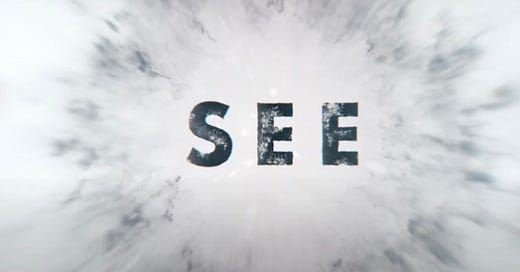



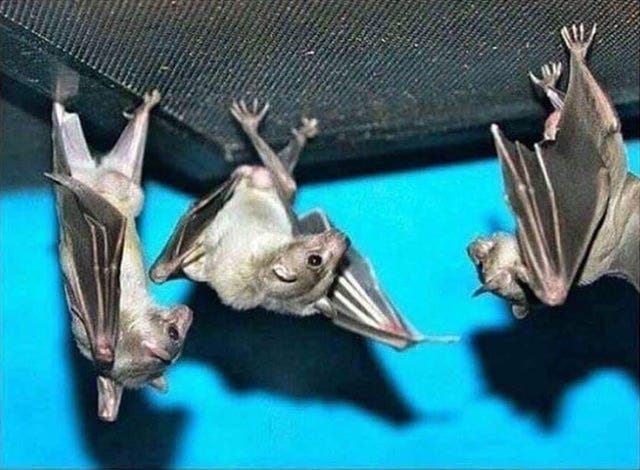
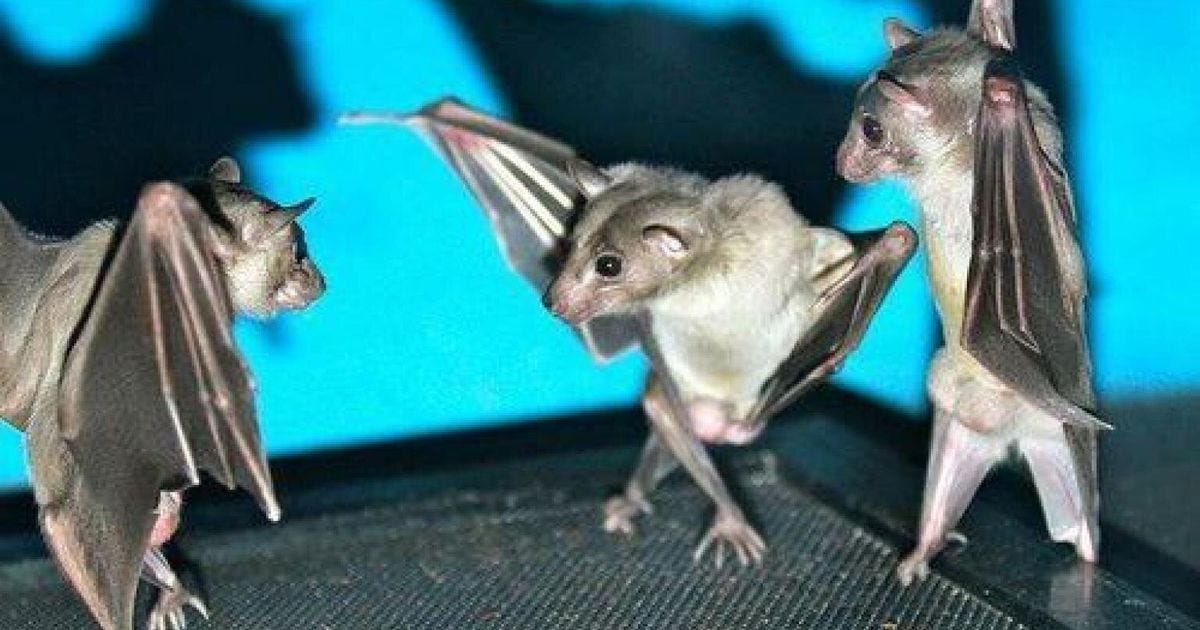
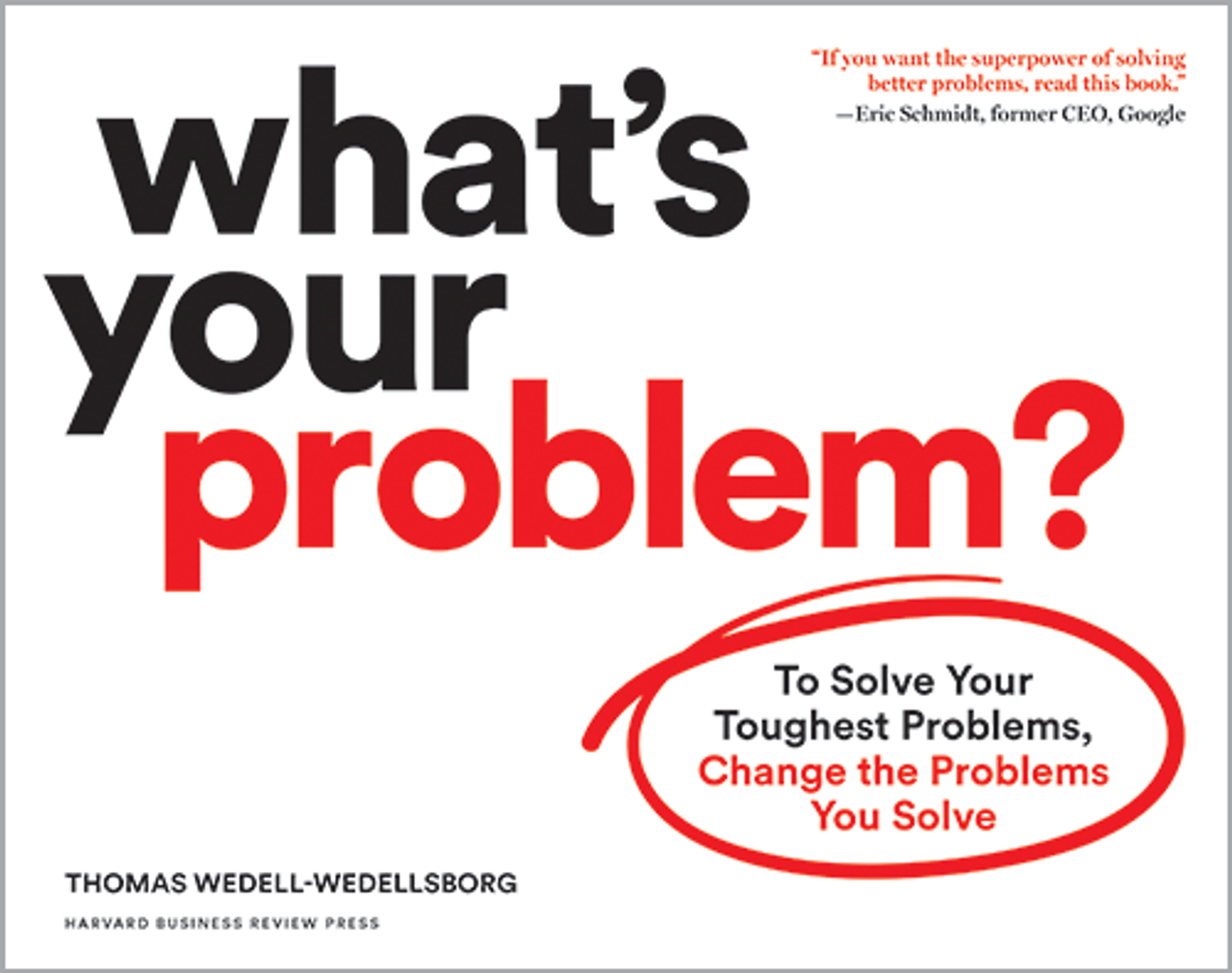
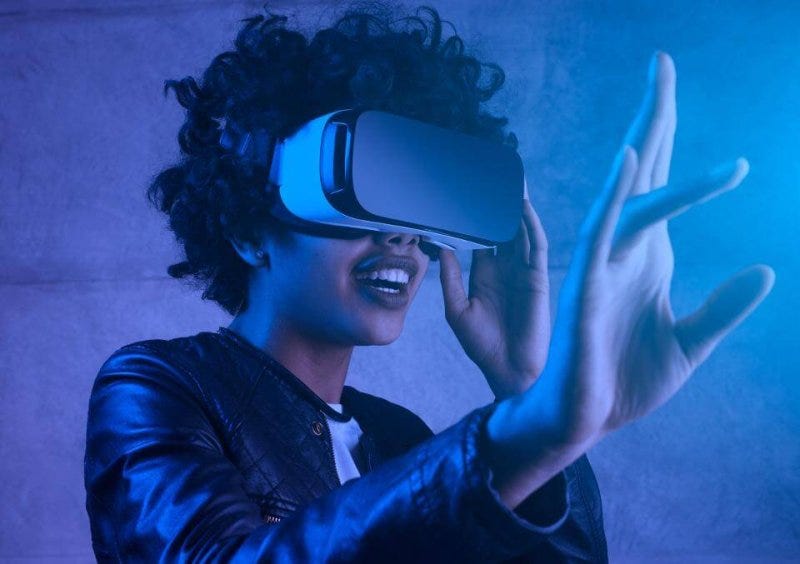
Thank you Minadora for your presence here and support. Happy Thanksgiving
Interesting. I’ve always thought that changing perspective is an opportunity to see and feel beyond what is. It seems to be easier to do on some things but not others so that’s a work-in-progress. Learning to accept things are different and adapting to changes sometimes does mean letting go and takes time. I do love the bats dancing!